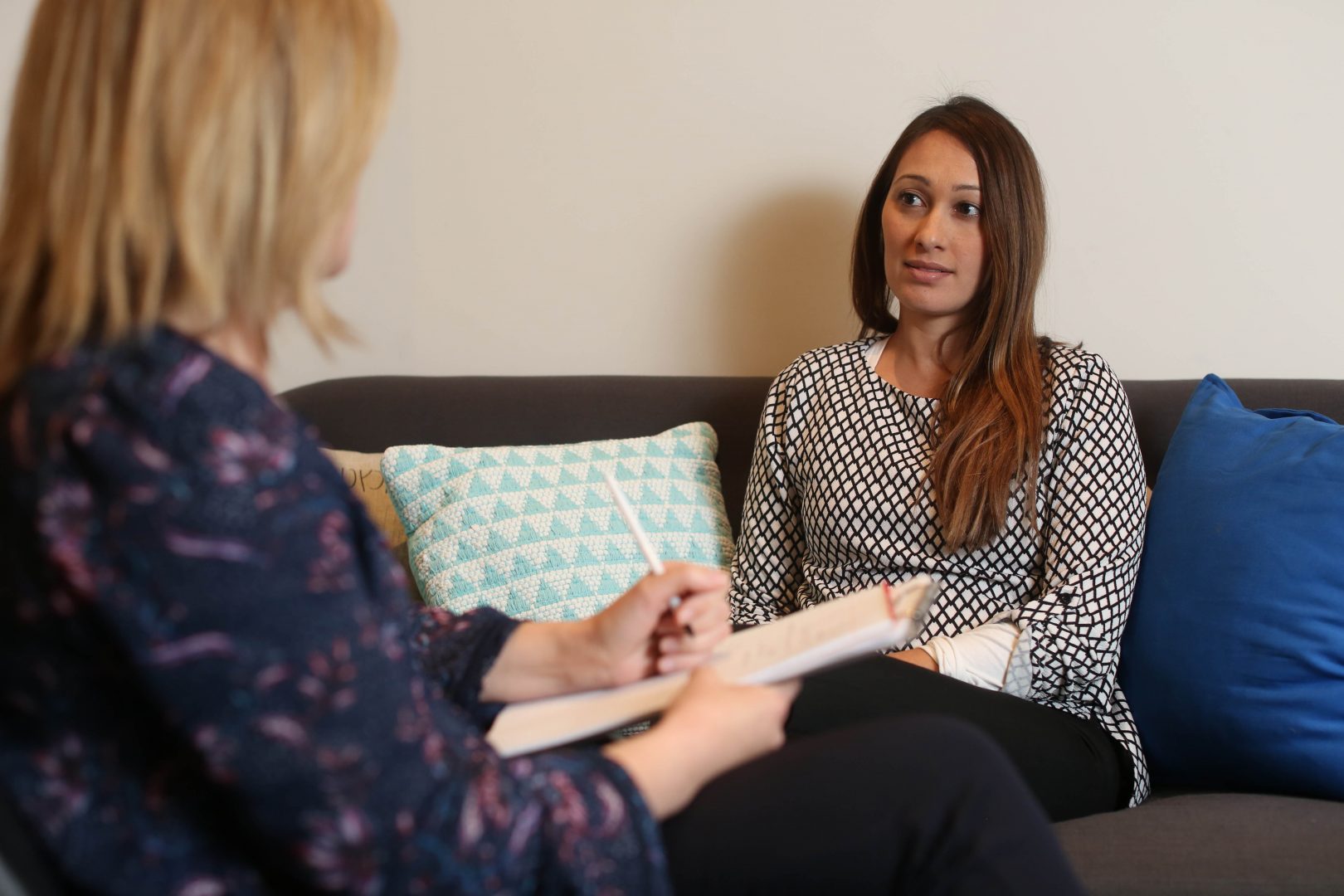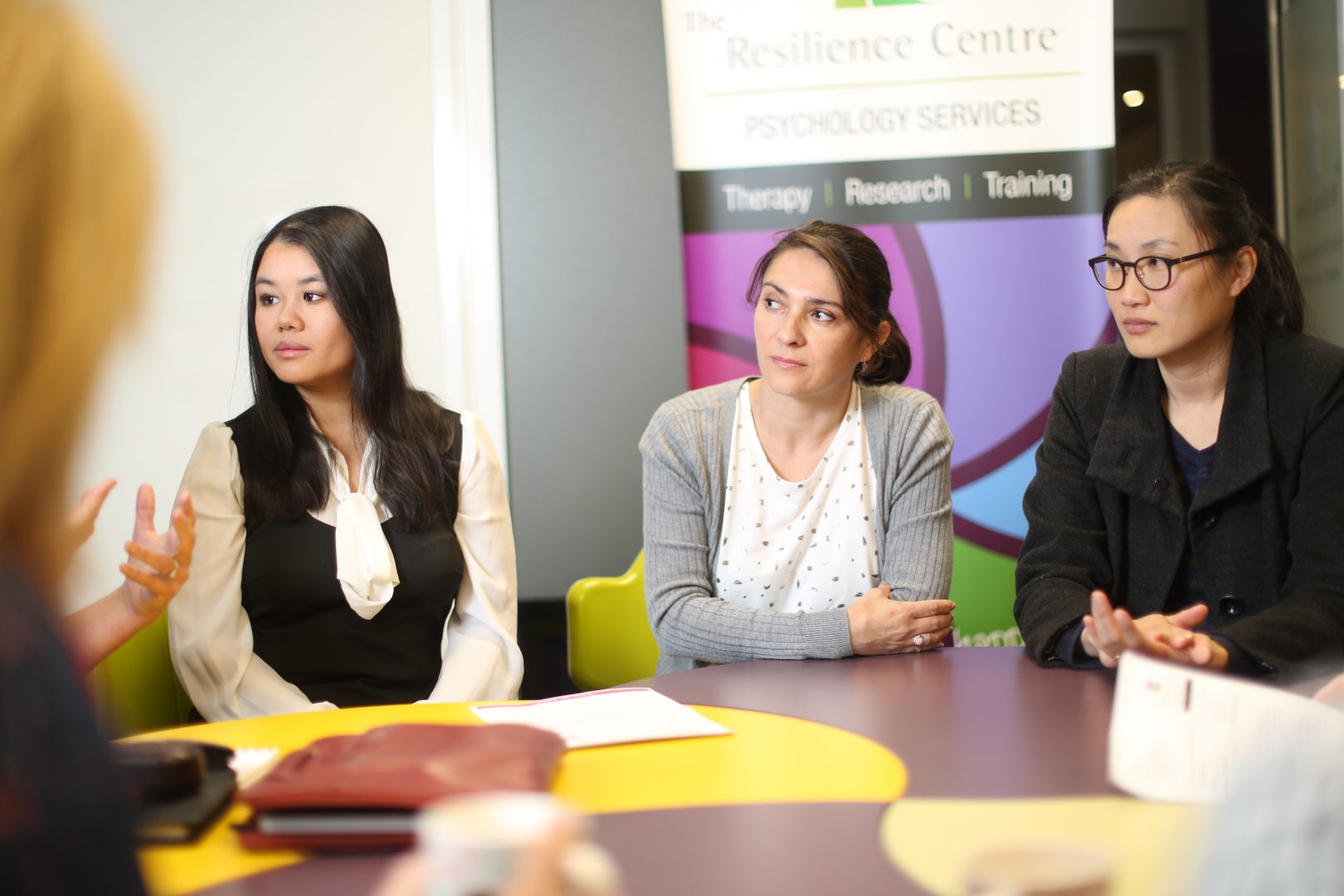When we’re experiencing stress, we often cite certain events or circumstances as the cause of our stress. This leads us to focus on trying to change the circumstances as the key way to alleviate stress. Making changes in our external environment may well be justified or indeed necessary, but it’s also important to pay attention to our internal responses to our circumstances and how these are related to the stress experience.
Your capacity to handle what’s in front of you is hugely impacted by the ‘story’ that’s running through your mind – thoughts like “I can’t handle this”, “this is too much”, or “it’s not fair” feed into the emotions and physical symptoms associated with stress. Indeed, psychologist Kelly McGonigal’s research suggests that different thoughts about stress actually produce different responses in the body (her TED talk How to make stress your friend offers a great summary of her work).
Stress typically produces physical changes in the body such as the release of hormones like adrenaline and cortisol, increased heart rate, and the constriction of blood vessels. All of these changes serve us well if the stressor is a short term crisis – for example, needing to run for the train so you don’t miss it, or grabbing a child who’s about to fall off a piece of play equipment. All of us can recount a moment where only afterwards, heart pounding, we realize that our body has enabled us to exceed its normal performance in order to deal with some sort of threat. However, many people are experiencing these symptoms chronically when dealing with a demanding and unpredictable workplace, or perhaps a personal situation that feels completely overwhelming. This is where stress can really damage the body and contribute to physical conditions such as heart disease.
McGonigal’s work identifies that one possible response to stressful situations is the ‘threat response’. People experiencing this response will be thinking something along the lines of – “something I care about is at stake and I don’t have the resources to deal with this”. It may be that they personally feel lacking in the skills and capacity to deal with the situation, but also that they feel alone and unsupported.
However, McGonigal also identified a different possible response, which she calls the ‘challenge response’. The beliefs here are more alone these lines – “something I care about is at stake, and it’s really hard, but I think I have some resources that might help”. This might include resources within the person, as well as the support, knowhow and skills of the people around them. McGonigal’s team were able to track that the changes in the body were less severe for people with this thinking style – they had lower levels of stress hormones, and their blood vessels did not constrict as much. Not only does this lead to a calmer emotional state but is much more sustainable over time for our physical health. I also love that this mindset embraces the importance of asking for help when needed, rather than trying to ‘soldier on’ alone.
So how do we shift from a threat response to a challenge response? The first step is developing awareness of the response we are having and ‘listening in’ to the thoughts and evaluations running through our mind as we experience events. The second step is to begin to loosen our attachment to our unhelpful beliefs and begin to develop different ways of viewing the stressful situation.
Here are some reflection questions to build your ‘challenge’ response:
– What has worked for me in the past?
– Who could I talk to about this?
– What strengths and skills do I bring to this challenge?
– Who else has knowledge or skills that could help me solve this?
Try engaging the challenge response the next time you are facing a stressful situation, and notice what difference it makes for you.
Ruth Fordyce is a Registered Psychologist at The Resilience Centre in Sydney. Find out more about Ruth by clicking here.







